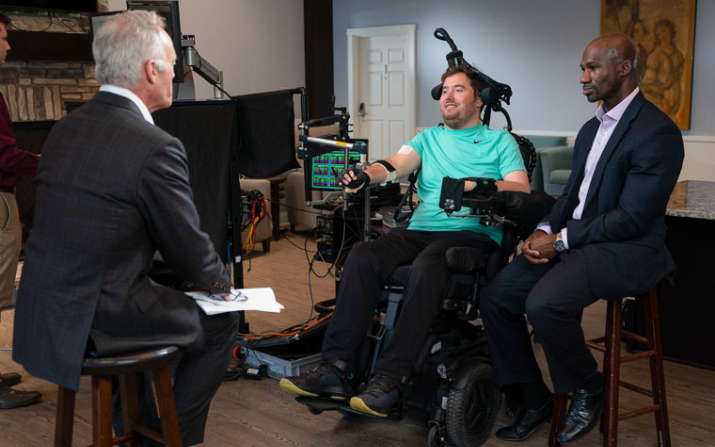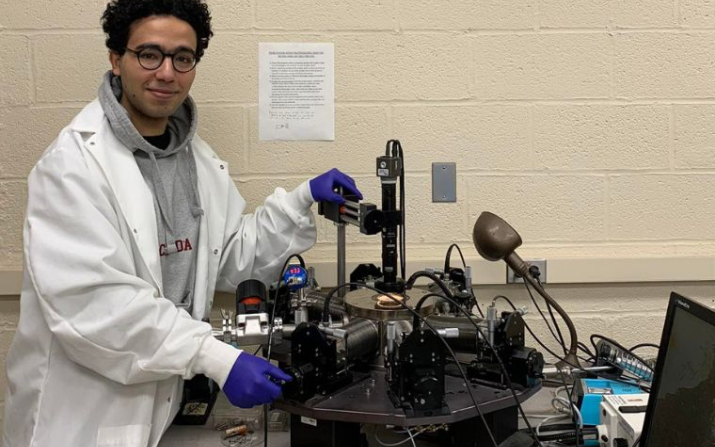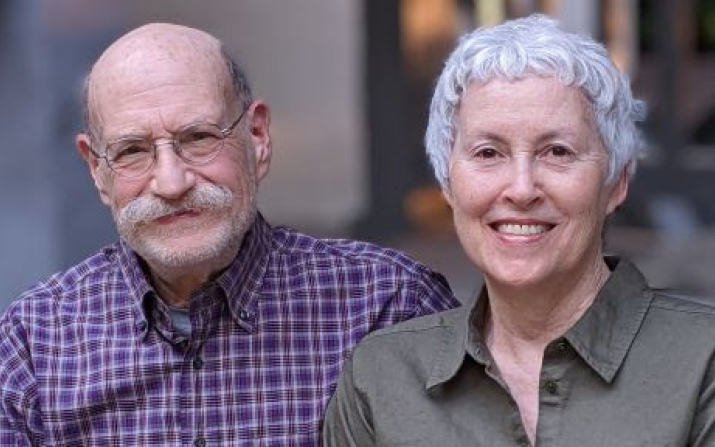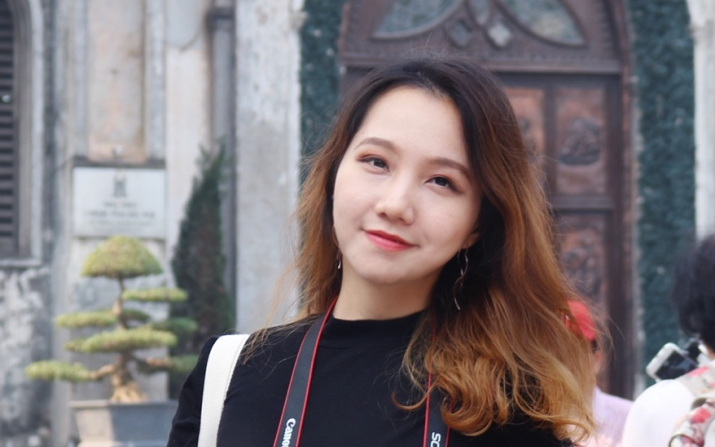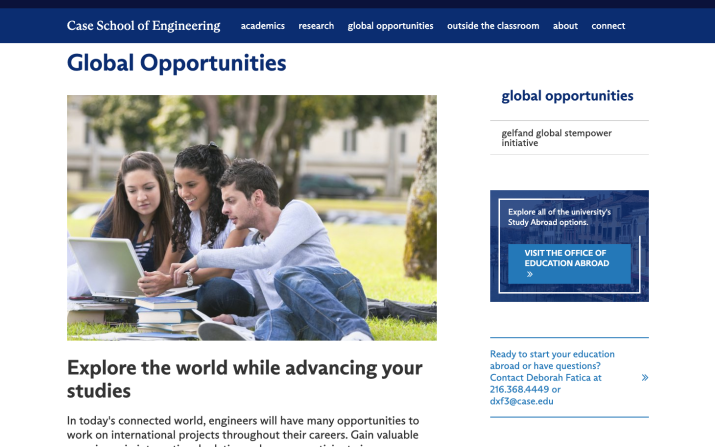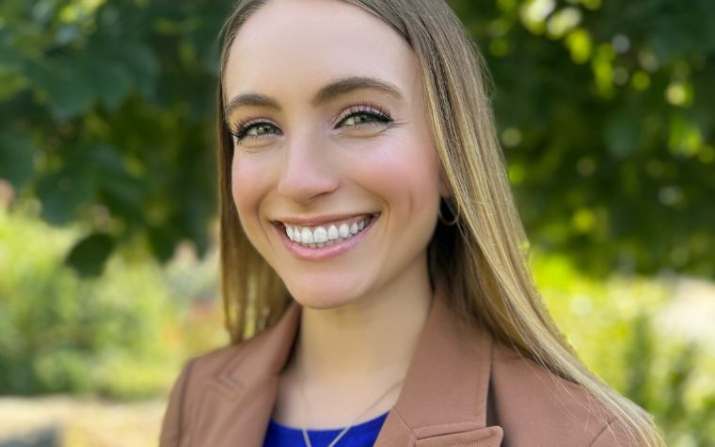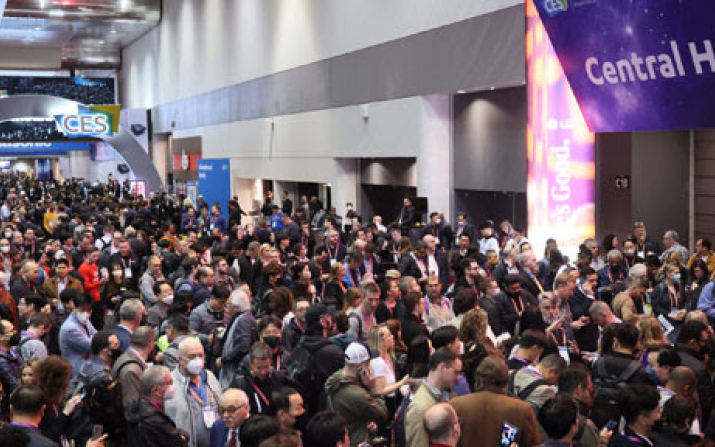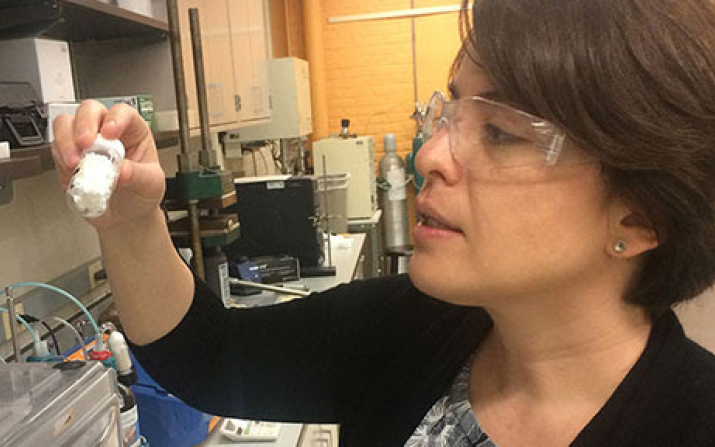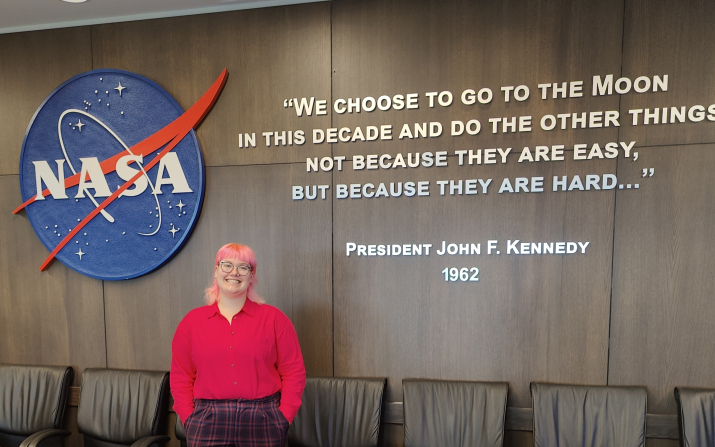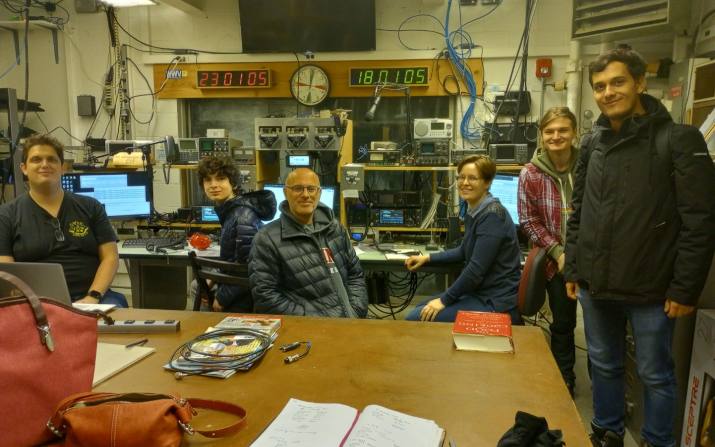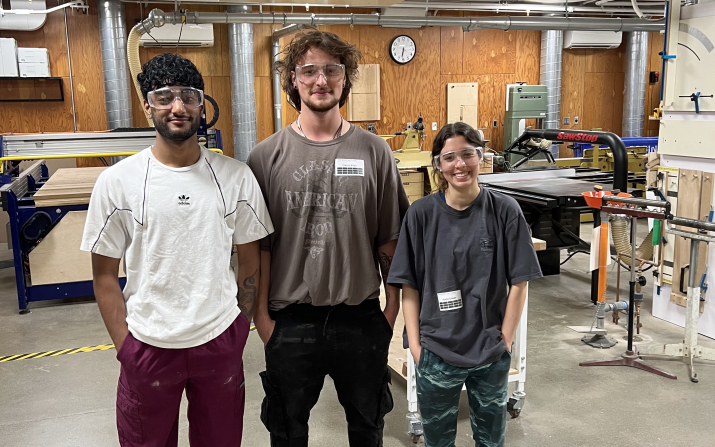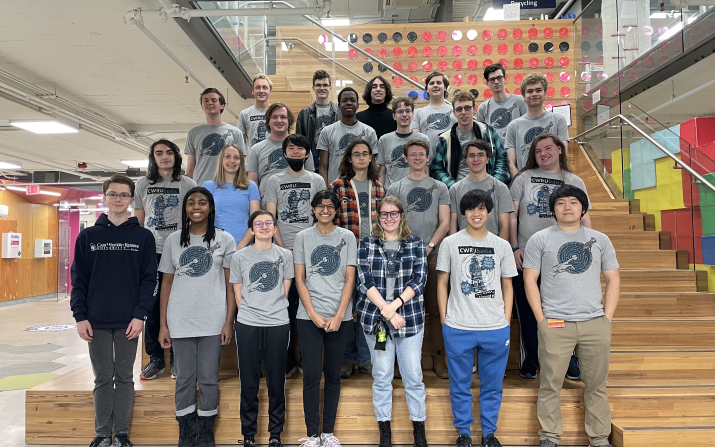When Larry and Sally Sears provided the initial support to launch Case Western Reserve University’s hands-on innovation center, they imagined a collaborative space where big ideas could become reality. Since its opening in 2012, the Larry Sears and Sally Zlotnick Sears think[box], a 50,000-square-foot makerspace, has welcomed tens of thousands of visitors from across the campus and community each year. Now, the alumni couple has committed $1 million to support another collaborative space: the 189,000-square-foot Interdisciplinary Science and Engineering Building.

